The commercialisation and politicisation of Gallipoli has caused many Australians to be wary of centenary coverage, one historian says.

|
Scooped by
Catherine Smyth
onto WW1 teaching resources April 22, 2015 8:40 PM
|





 Your new post is loading...
Your new post is loading...


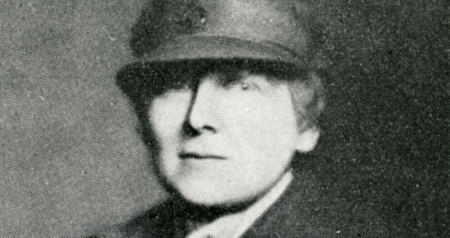
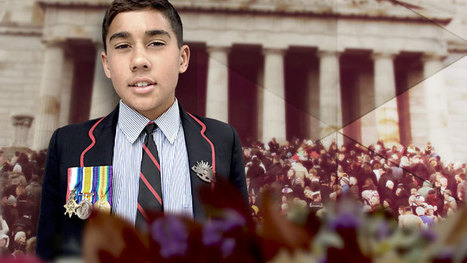

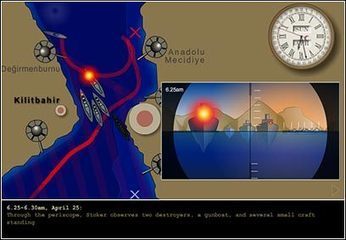


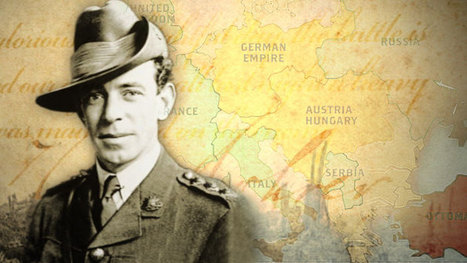

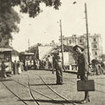
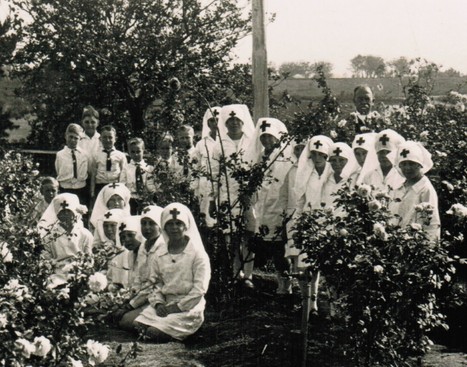

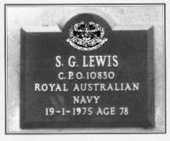
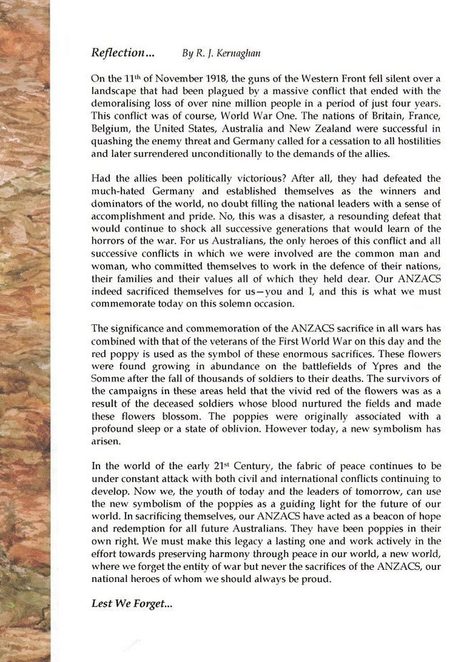

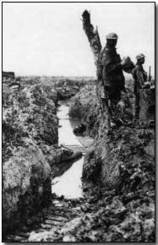
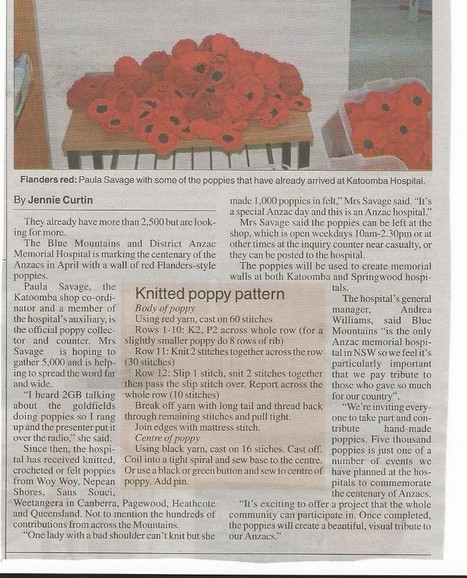


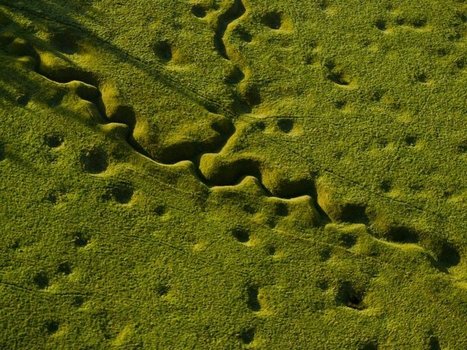

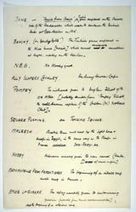
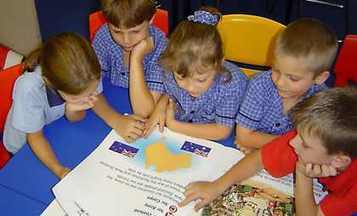







The historian Claire Wright argues, "Anzac-ery" surrounding commemorations has moved Anzac from fact to legend, then myth and that many Australians are suffering from 'Gallipoli' fatigue. She also claims Australia is spending more money on its WW1 commemorations than in any country. If this is true, why?